-
 Bitcoin
Bitcoin $118300
-0.58% -
 Ethereum
Ethereum $3825
0.11% -
 XRP
XRP $3.137
-0.71% -
 Tether USDt
Tether USDt $0.9999
-0.01% -
 BNB
BNB $803.9
-3.37% -
 Solana
Solana $181.5
-1.94% -
 USDC
USDC $0.9999
0.01% -
 Dogecoin
Dogecoin $0.2238
-2.51% -
 TRON
TRON $0.3358
2.12% -
 Cardano
Cardano $0.7844
-2.16% -
 Hyperliquid
Hyperliquid $43.31
-1.48% -
 Sui
Sui $3.807
-4.04% -
 Stellar
Stellar $0.4203
-1.96% -
 Chainlink
Chainlink $17.79
-3.00% -
 Bitcoin Cash
Bitcoin Cash $567.8
-1.34% -
 Hedera
Hedera $0.2614
-4.30% -
 Avalanche
Avalanche $24.19
-4.46% -
 Litecoin
Litecoin $109.2
-0.74% -
 UNUS SED LEO
UNUS SED LEO $8.969
-0.01% -
 Toncoin
Toncoin $3.404
3.97% -
 Ethena USDe
Ethena USDe $1.001
-0.01% -
 Shiba Inu
Shiba Inu $0.00001307
-3.19% -
 Uniswap
Uniswap $10.33
-1.23% -
 Polkadot
Polkadot $3.884
-4.06% -
 Monero
Monero $312.9
-1.87% -
 Dai
Dai $1.000
0.01% -
 Bitget Token
Bitget Token $4.537
-2.24% -
 Pepe
Pepe $0.00001156
-3.40% -
 Cronos
Cronos $0.1437
-0.89% -
 Aave
Aave $282.8
-2.77%
What is Ethereum Gas fee? Ethereum Gas fee calculation method
Ethereum gas fees, measured in gwei, compensate miners for processing transactions, with costs fluctuating based on network demand and transaction complexity.
Jun 15, 2025 at 05:07 am
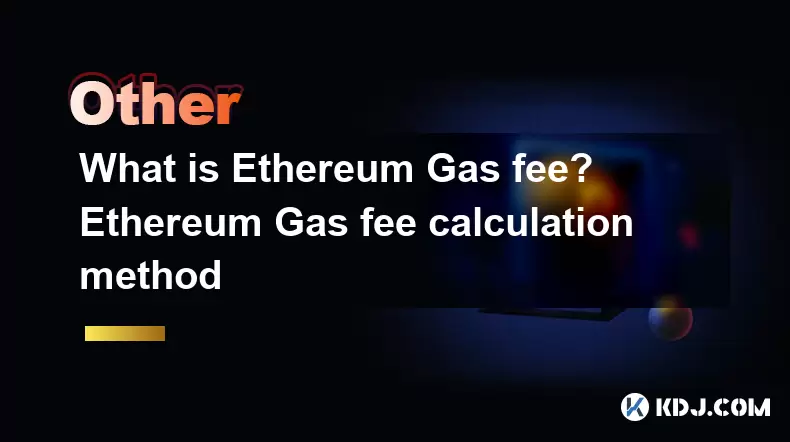
Understanding Ethereum Gas Fees
Ethereum gas fees are the transaction fees paid by users to execute operations on the Ethereum blockchain. These fees are denominated in gwei, a subunit of ETH (Ethereum's native cryptocurrency), and are required to compensate miners or validators for the computational resources they expend when processing transactions or smart contract interactions.
Every action on the Ethereum network, whether it is sending ETH, interacting with a decentralized application (dApp), or deploying a smart contract, consumes a certain amount of gas. The more complex the operation, the higher the gas limit needed to complete it.
Components of Ethereum Gas Fees
The total cost of an Ethereum transaction involves two primary components:
- Gas Limit: This is the maximum amount of gas you're willing to spend on a transaction. More complex transactions require a higher gas limit.
- Gas Price: This refers to how much you’re willing to pay per unit of gas, usually measured in gwei.
The final fee is calculated as:
Gas Fee = Gas Limit × Gas Price
For example, if a transaction has a gas limit of 21,000 and a gas price of 10 gwei, the total fee would be 21,000 × 10 = 210,000 gwei, which equals 0.00021 ETH.
EIP-1559: A New Gas Pricing Mechanism
Before EIP-1559, users had to manually set gas prices, often leading to unpredictable costs during high network congestion. With the implementation of EIP-1559, Ethereum introduced a new pricing mechanism that includes:
- Base Fee: A dynamically adjusted fee per gas unit determined by network demand.
- Priority Fee (Tip): An optional tip users can add to prioritize their transaction.
Now, the formula becomes:
Total Fee = (Base Fee + Priority Fee) × Gas Limit
This change improved predictability and reduced overpayment during peak times.
How to Calculate Ethereum Gas Fees
To calculate gas fees accurately, follow these steps:
- Check the current base fee using tools like Etherscan or GasNow.
- Determine the gas limit based on the type of transaction:
- Simple ETH transfer: 21,000 gas
- Token transfer (ERC-20): ~50,000–70,000 gas
- Smart contract interaction: Varies widely
- Decide on a priority fee depending on how quickly you want your transaction confirmed.
- Multiply the (base fee + priority fee) by the gas limit to get the total fee in gwei.
Most wallets like MetaMask automatically suggest gas settings based on current network conditions, but advanced users can customize them manually.
Tools for Monitoring and Estimating Gas Fees
Several platforms help users monitor real-time gas prices and estimate transaction costs:
- Etherscan Gas Tracker: Provides live updates on gas prices and expected confirmation times.
- GasNow: Offers fast, average, and slow gas price options.
- Blockchair and EthGasStation: Also provide detailed breakdowns of gas usage and historical trends.
These tools use data from recent blocks to estimate how much gas is likely to be needed for different types of transactions. Some wallets integrate these APIs directly into their interfaces.
Why Gas Fees Fluctuate
Gas fees fluctuate due to changes in network congestion and demand. When many users are transacting simultaneously—such as during NFT minting events or DeFi protocol interactions—the base fee increases. Conversely, during low activity periods, the base fee may decrease.
Factors influencing gas fees include:
- Smart Contract Complexity: Contracts with multiple functions or loops consume more gas.
- Data Storage Requirements: Writing data to the blockchain is expensive.
- Transaction Timing: Transactions sent during off-peak hours typically cost less.
Users can reduce costs by scheduling non-urgent transactions during low-demand periods or using Layer 2 solutions like Arbitrum or Optimism, which offer cheaper alternatives to mainnet Ethereum.
Frequently Asked Questions (FAQ)
Q1: What happens if I set too low a gas price?
If your gas price is too low, miners or validators may ignore your transaction, causing it to remain pending for a long time or eventually fail.
Q2: Can I get a refund for unused gas?
Yes. If your transaction uses less gas than the limit you set, the unused portion is refunded in ETH.
Q3: How do Layer 2 networks affect gas fees?
Layer 2 networks bundle transactions off-chain and submit them to Ethereum in bulk, significantly reducing individual transaction costs.
Q4: Why does my wallet show a higher gas fee than expected?
Wallets often add a buffer to ensure faster confirmations. You can manually adjust the gas settings to lower the fee, though this might delay transaction processing.
Disclaimer:info@kdj.com
The information provided is not trading advice. kdj.com does not assume any responsibility for any investments made based on the information provided in this article. Cryptocurrencies are highly volatile and it is highly recommended that you invest with caution after thorough research!
If you believe that the content used on this website infringes your copyright, please contact us immediately (info@kdj.com) and we will delete it promptly.
- Dalio's Take: Balancing Bitcoin, Gold, and the Debt Doom Loop
- 2025-07-31 00:51:15
- Ethereum's Epic Rally: A Decade of Decentralization and a Celebration in NFTs
- 2025-07-31 01:11:05
- XRP Price, Altcoins, and the 50x Potential: What's the Buzz?
- 2025-07-31 01:15:14
- BlockchainFX ($BFX): Is This Altcoin the Best Crypto Presale of 2025?
- 2025-07-31 01:21:27
- PENGU Price Plunge? Binance Transfers and Token Transfer Trends
- 2025-07-30 23:10:15
- Navigating Crypto Investment: Bitcoin Mining and the Rise of Cloud Mining in the Big Apple
- 2025-07-30 22:31:15
Related knowledge
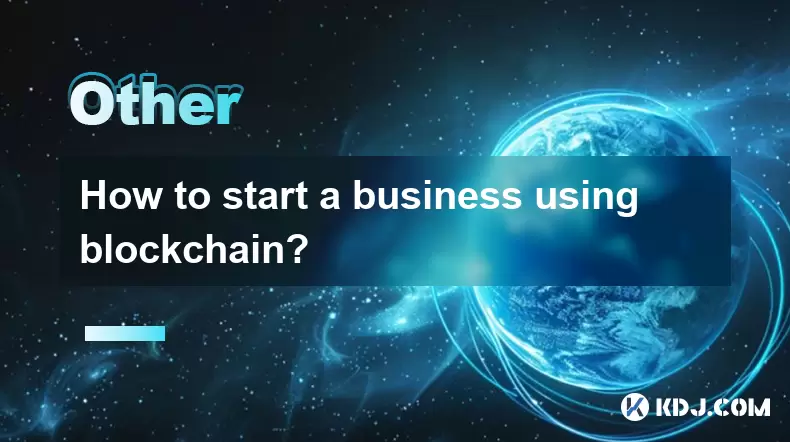
How to start a business using blockchain?
Jul 28,2025 at 12:36am
Understanding the Basics of Blockchain TechnologyBefore diving into the process of starting a business using blockchain, it's crucial to understand wh...
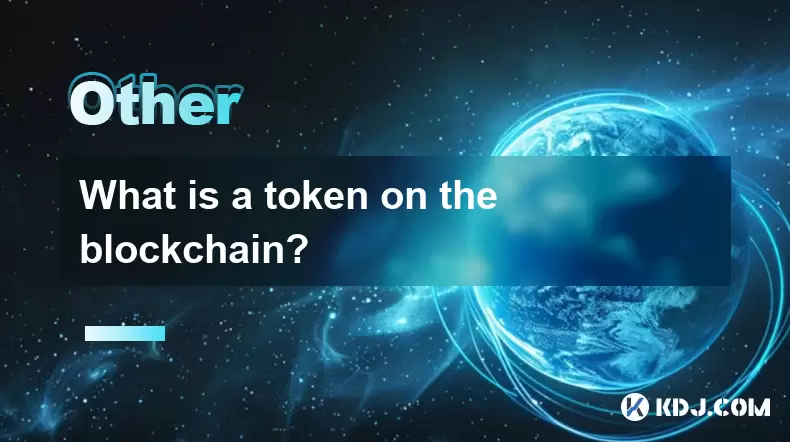
What is a token on the blockchain?
Jul 21,2025 at 07:00am
Understanding the Concept of a TokenIn the realm of blockchain technology, a token is a digital representation of an asset or utility that exists on a...
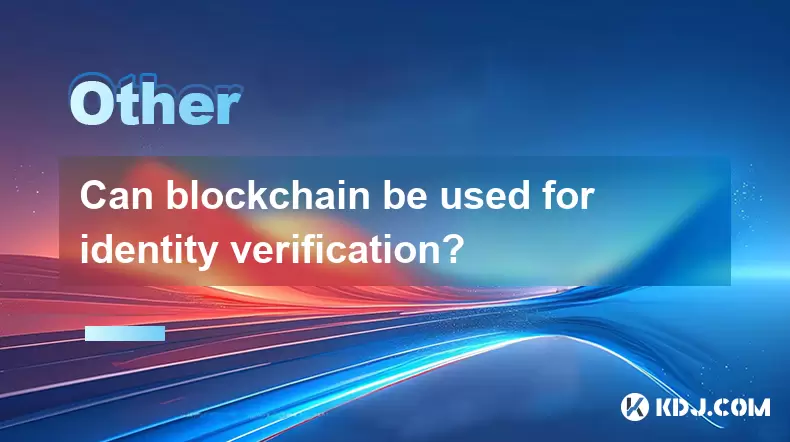
Can blockchain be used for identity verification?
Jul 18,2025 at 02:14pm
Understanding Identity Verification in the Digital AgeIn the modern digital landscape, identity verification has become a critical component for ensur...
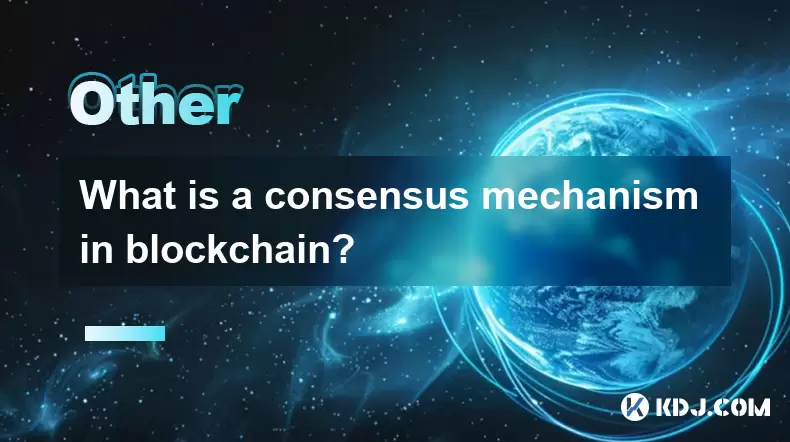
What is a consensus mechanism in blockchain?
Jul 21,2025 at 03:01am
Understanding the Basics of Consensus MechanismsA consensus mechanism is a critical component of any blockchain network. It refers to the process by w...
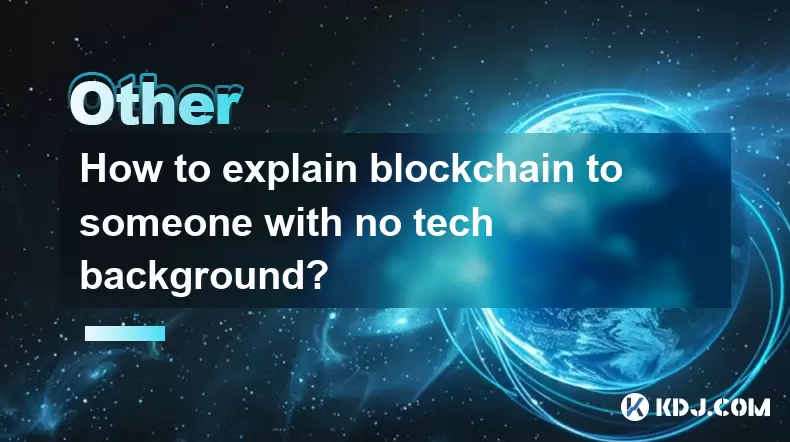
How to explain blockchain to someone with no tech background?
Jul 18,2025 at 11:08pm
Understanding the Basics of BlockchainTo explain blockchain to someone with no tech background, it's essential to start with simple analogies and avoi...
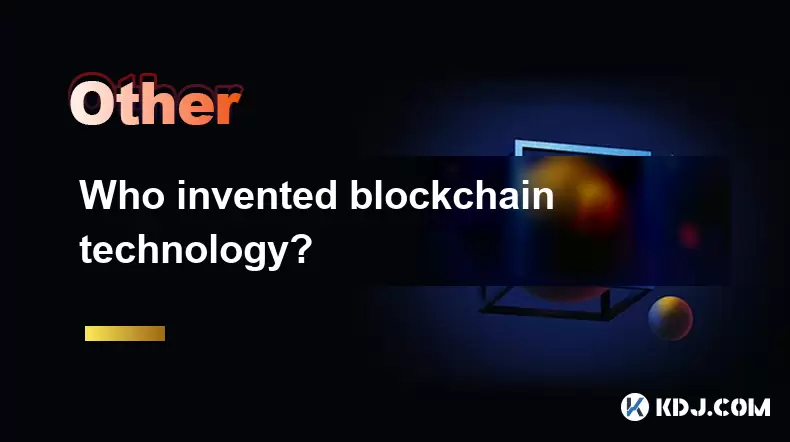
Who invented blockchain technology?
Jul 23,2025 at 01:28am
Origins of Blockchain TechnologyBlockchain technology did not emerge from a single inventor or institution. Instead, it evolved through a series of ac...

How to start a business using blockchain?
Jul 28,2025 at 12:36am
Understanding the Basics of Blockchain TechnologyBefore diving into the process of starting a business using blockchain, it's crucial to understand wh...

What is a token on the blockchain?
Jul 21,2025 at 07:00am
Understanding the Concept of a TokenIn the realm of blockchain technology, a token is a digital representation of an asset or utility that exists on a...

Can blockchain be used for identity verification?
Jul 18,2025 at 02:14pm
Understanding Identity Verification in the Digital AgeIn the modern digital landscape, identity verification has become a critical component for ensur...

What is a consensus mechanism in blockchain?
Jul 21,2025 at 03:01am
Understanding the Basics of Consensus MechanismsA consensus mechanism is a critical component of any blockchain network. It refers to the process by w...

How to explain blockchain to someone with no tech background?
Jul 18,2025 at 11:08pm
Understanding the Basics of BlockchainTo explain blockchain to someone with no tech background, it's essential to start with simple analogies and avoi...

Who invented blockchain technology?
Jul 23,2025 at 01:28am
Origins of Blockchain TechnologyBlockchain technology did not emerge from a single inventor or institution. Instead, it evolved through a series of ac...
See all articles

























































































